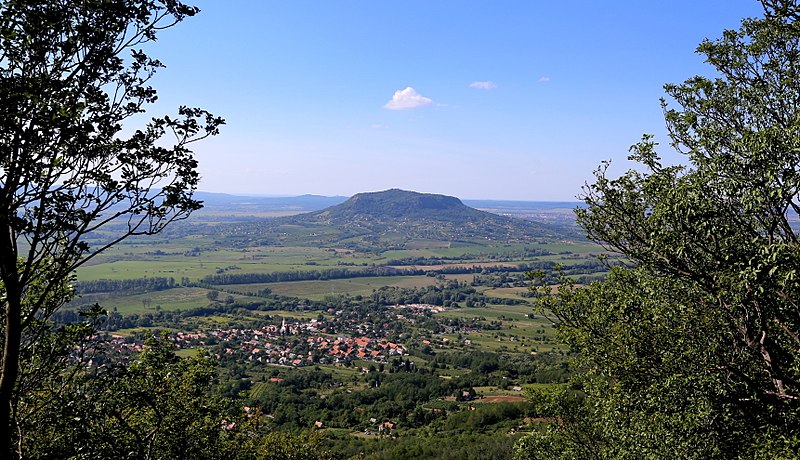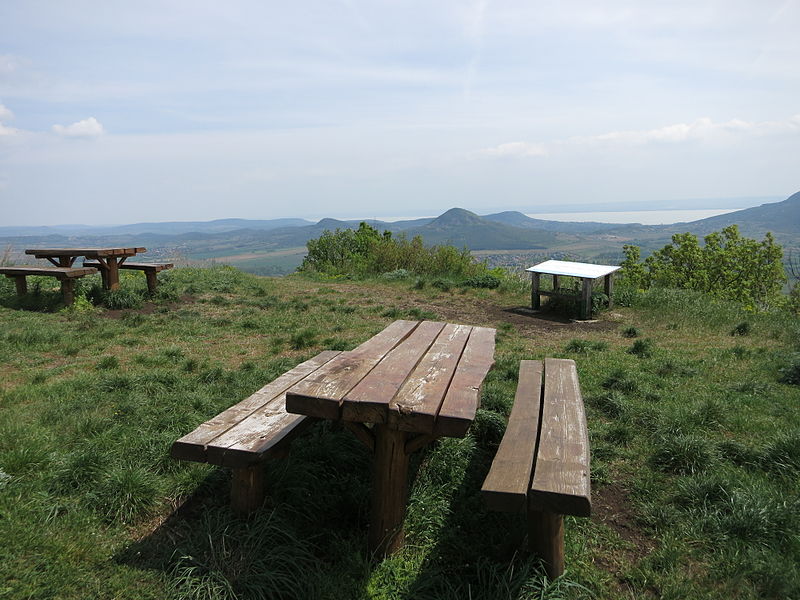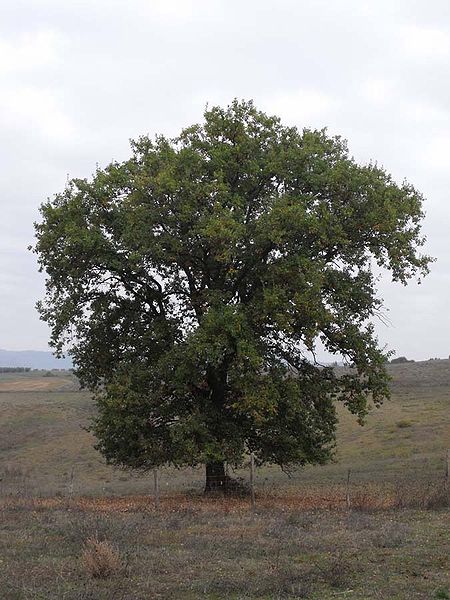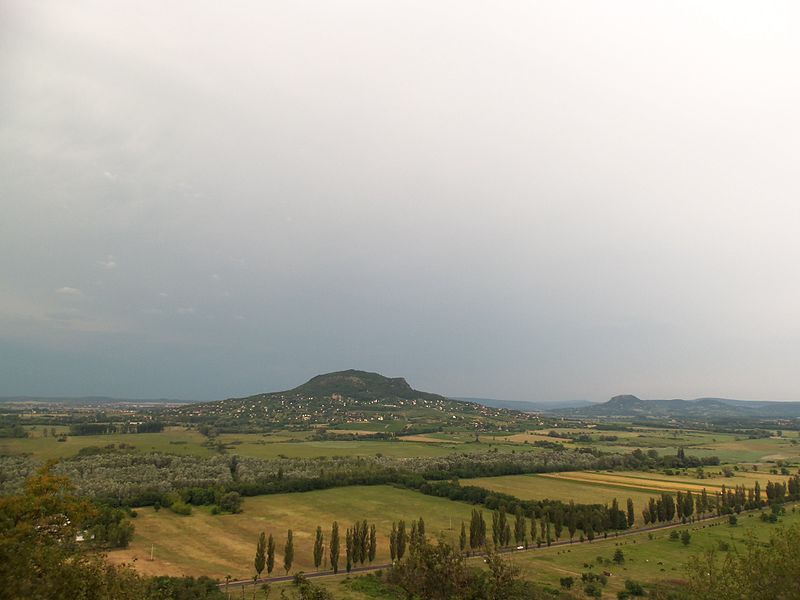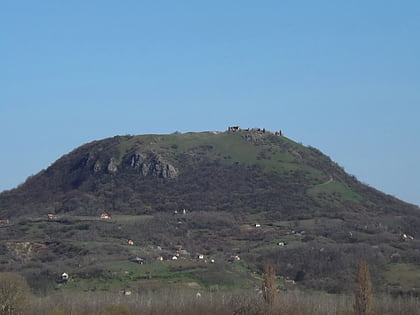Szent György-hegy
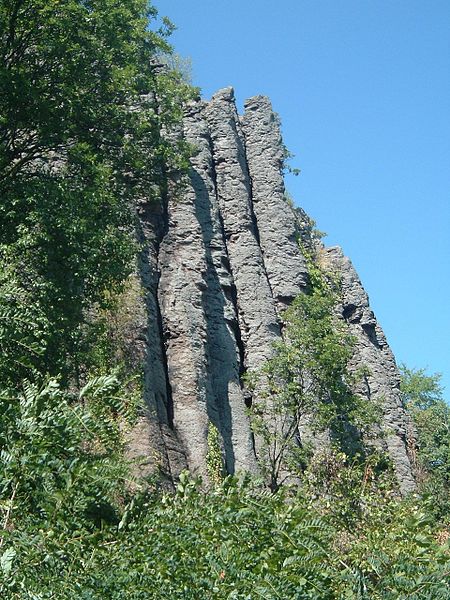
Facts and practical information
Szent György Hill is one of the characteristic witness hills of the Lake Balaton highlands, with huge basalt columns on its sides. It takes its name from the chapel of St. George that once stood at its foot, and some of the legends associated with the mountain are intertwined with the legend of St. George and the dragon.
The bedrock of the mountain originates from the sediment of the Pannonian Sea, on which layers of basalt and basalt tuff were deposited 3-4 million years ago by a series of volcanic eruptions. As the surrounding Pannonian sediment was eroded, the area protected by the basalt cap rose above its surroundings, its height thus giving evidence of the former surface.
Due to intensive land use until the mid-20th century, its vegetation no longer retains many traces of its former indigenous population, but the special soil conditions and the mountain's location make it very diverse in terms of the habitat types that have developed. Many areas of the mountain slopes have been invaded by alien acacia woodland, but the grassy sloping steppes, forest-steppe meadows, calcareous open rocky grasslands and exposed basaltic rocky areas are species-rich. The specific sub-Mediterranean microclimate of the mountain, its volcanic-sedimentary soils and the high number of hours of sunshine make the area particularly suitable for the production of wine grapes. The vineyards of Szent György Hill are part of the Badacsony wine region of the Balaton wine region.
The natural beauty of the mountain makes it a popular hiking destination. Just below the basalt formations of Kőkapu, on the border of the protected area, stands the Károly Kaán key house, which is also on the route of the National Blue Trail.
Veszprém
Szent György-hegy – popular in the area (distance from the attraction)
Nearby attractions include: Csobánc, Tapolcai-tavasbarlang Látogatóközpont, Szigligeti vár, Badacsonytomaj.


